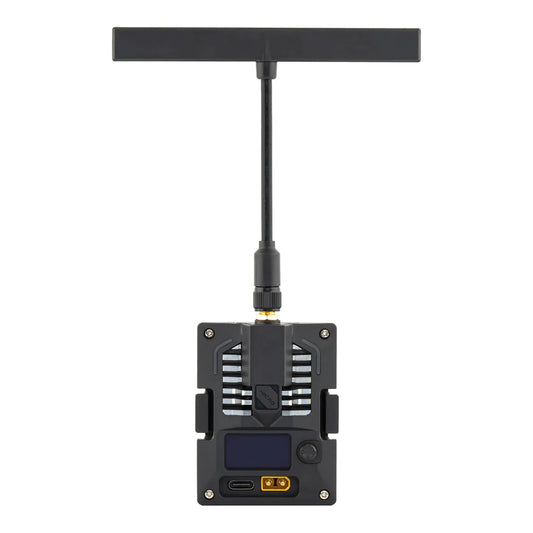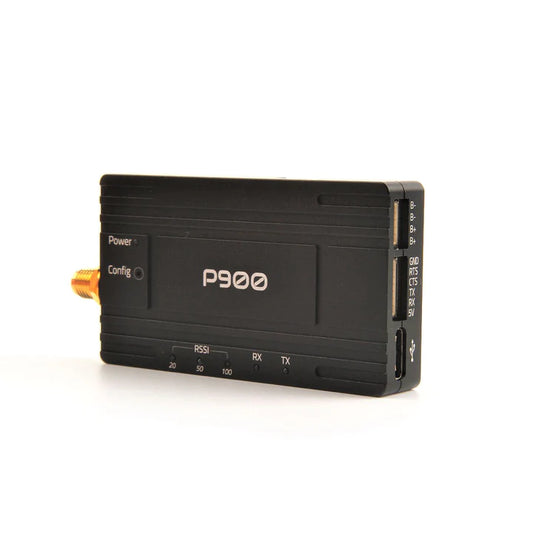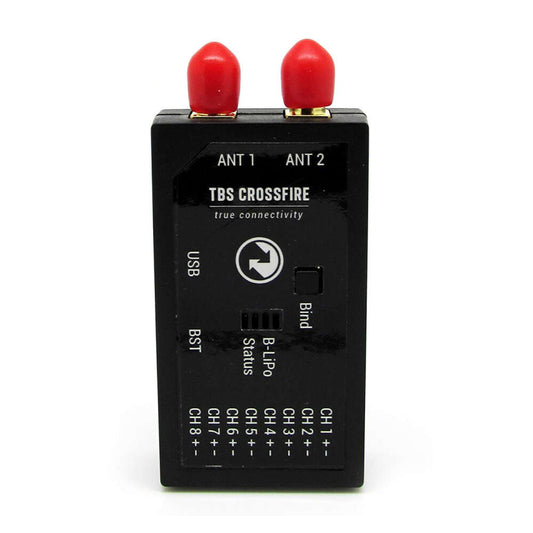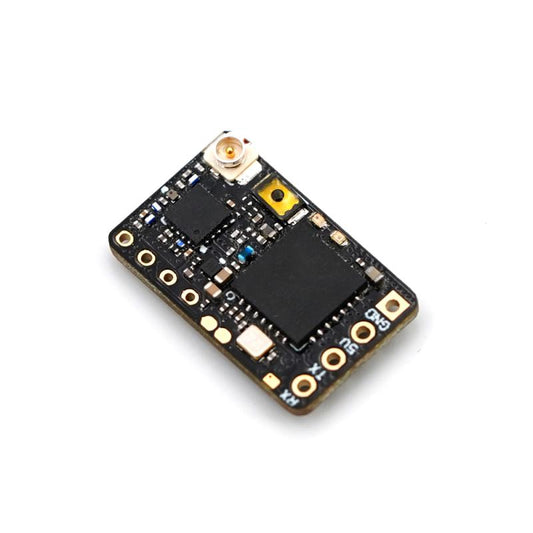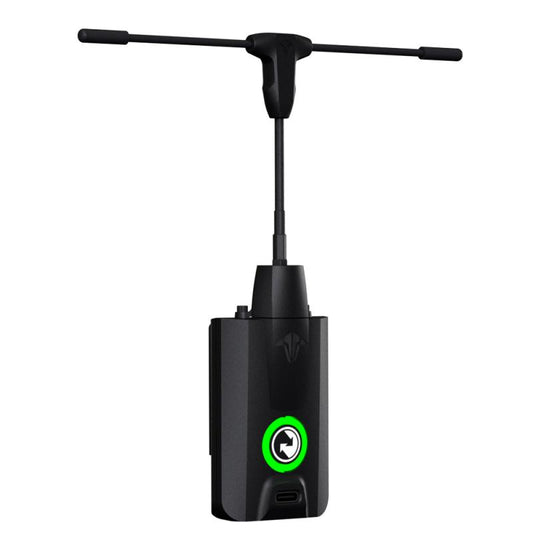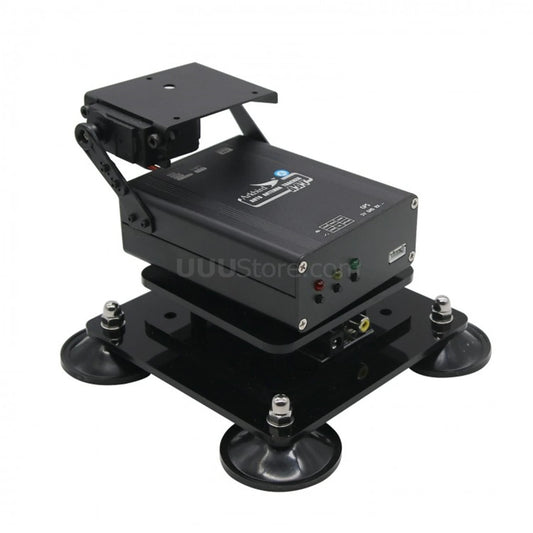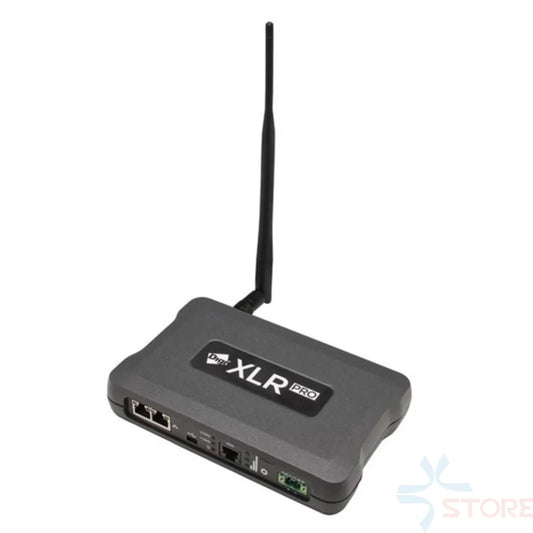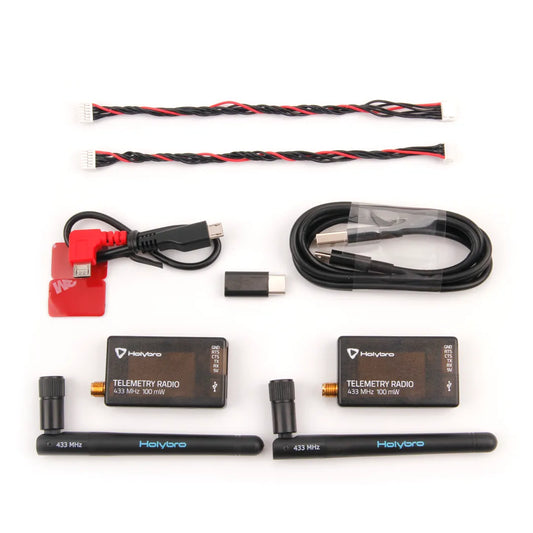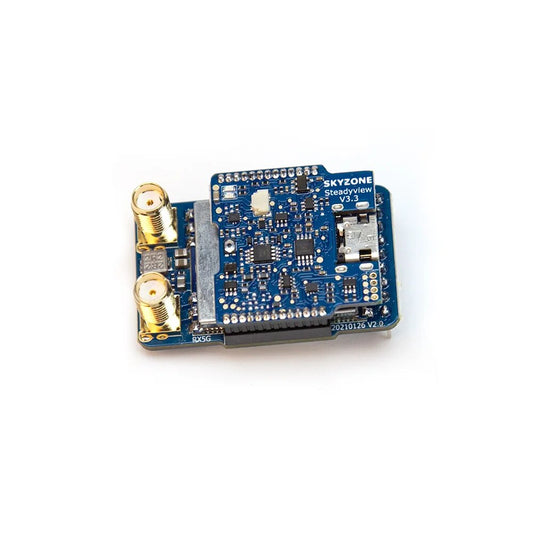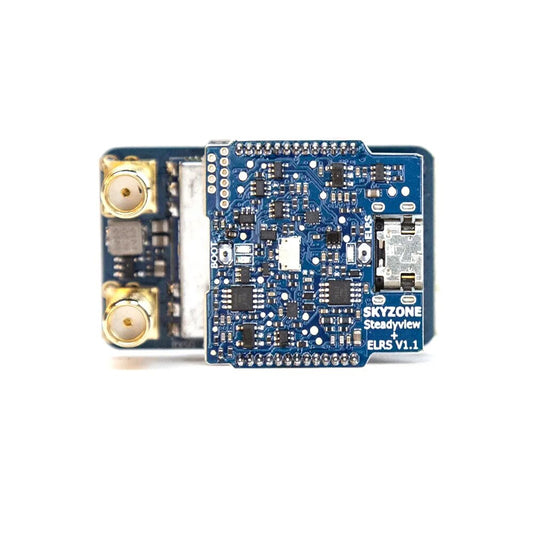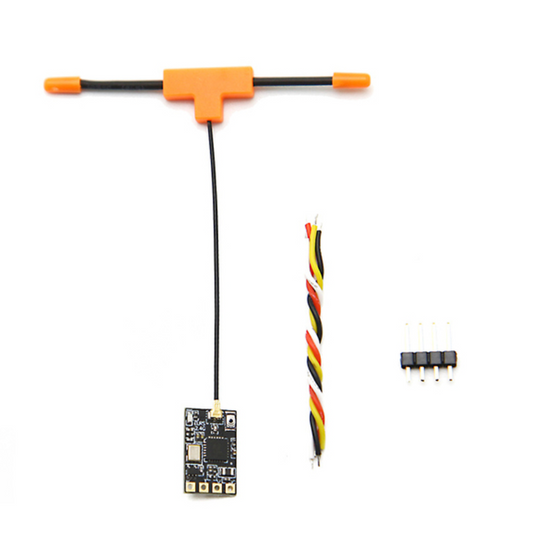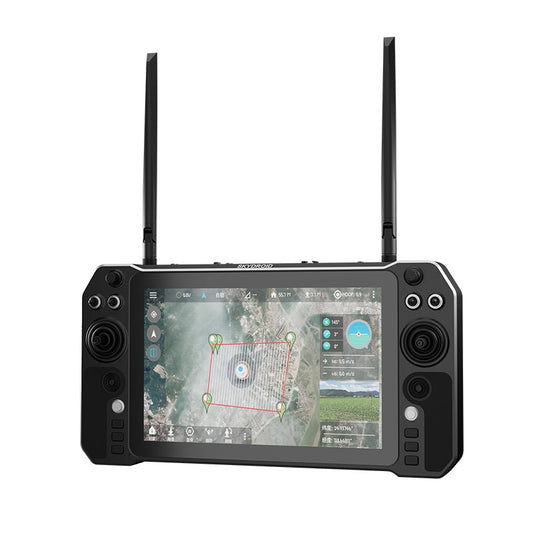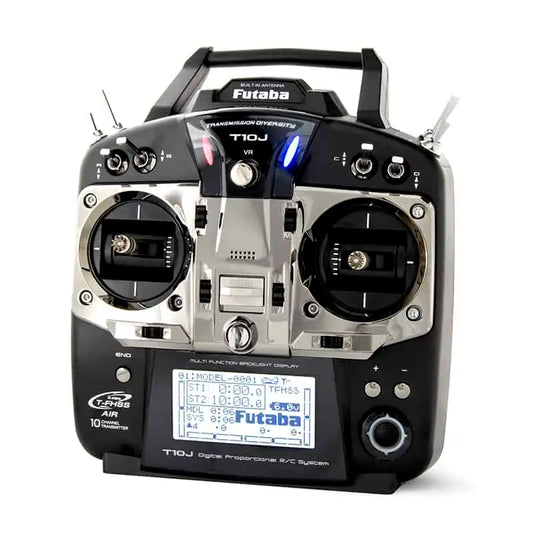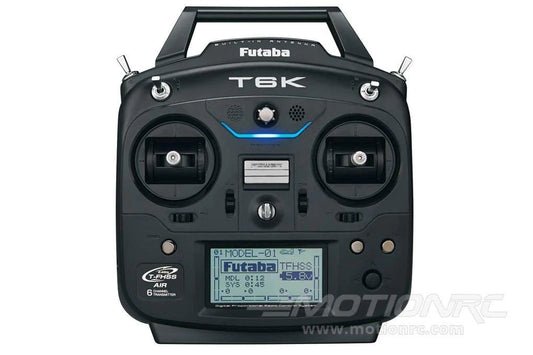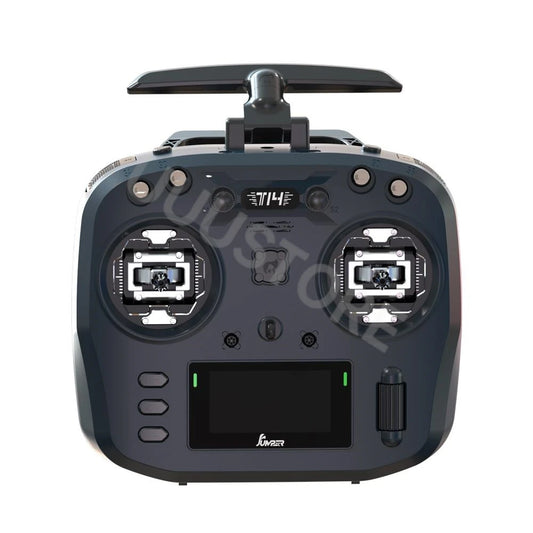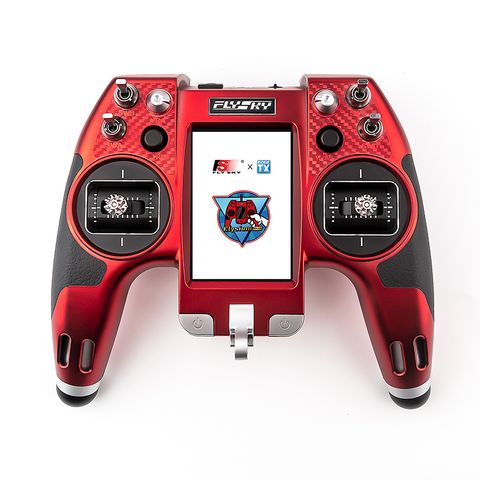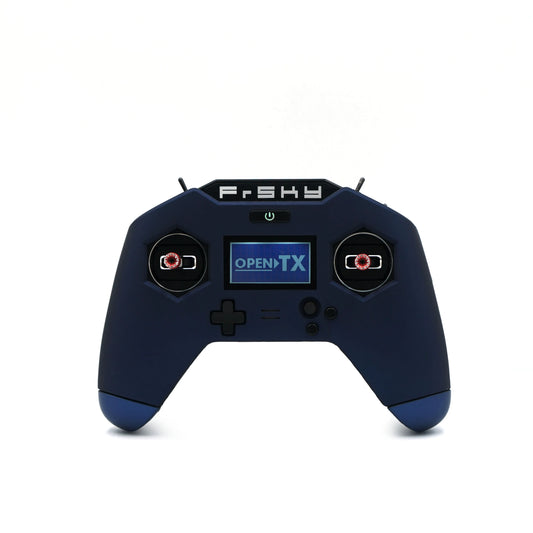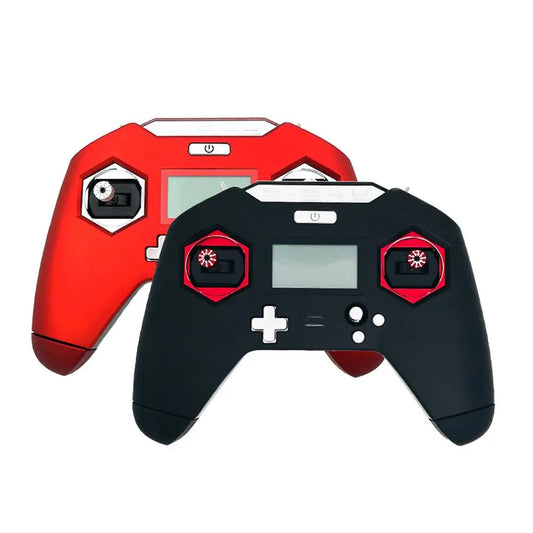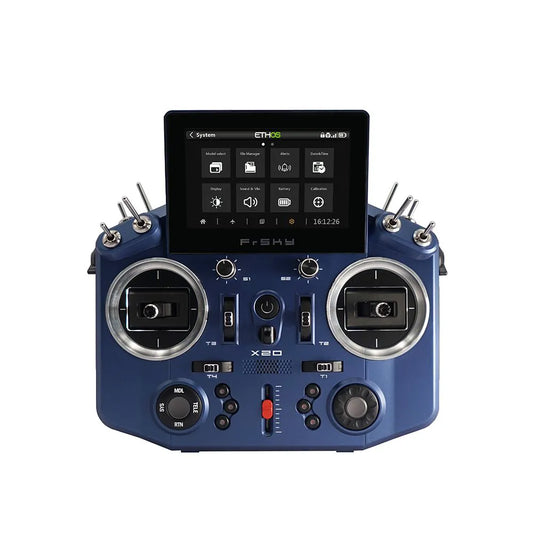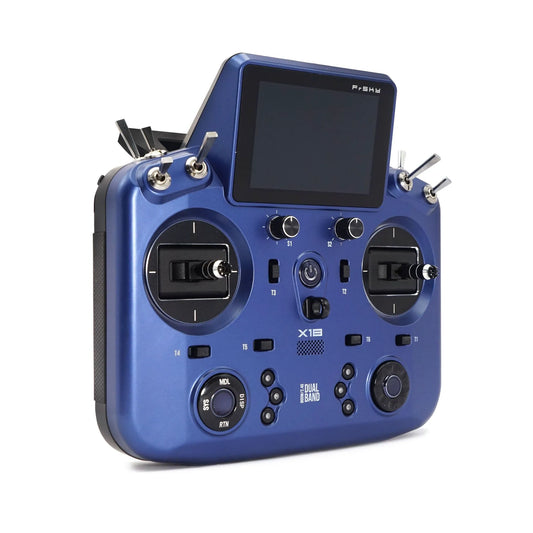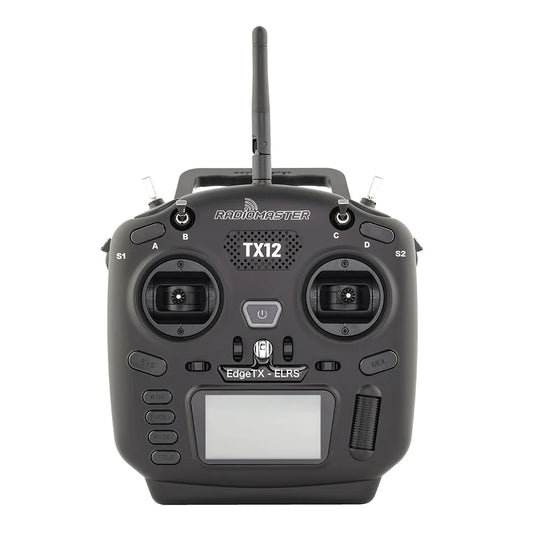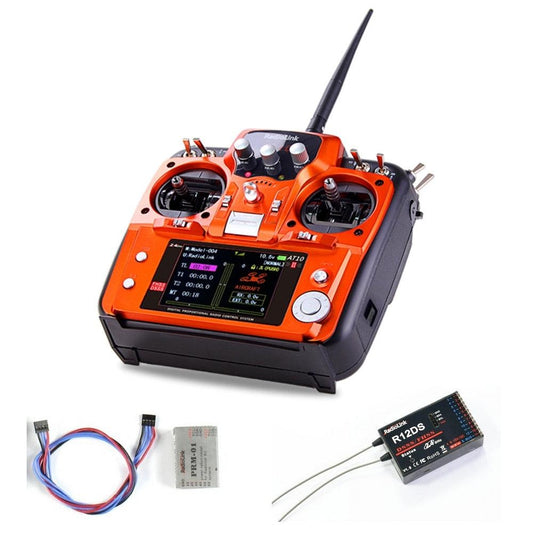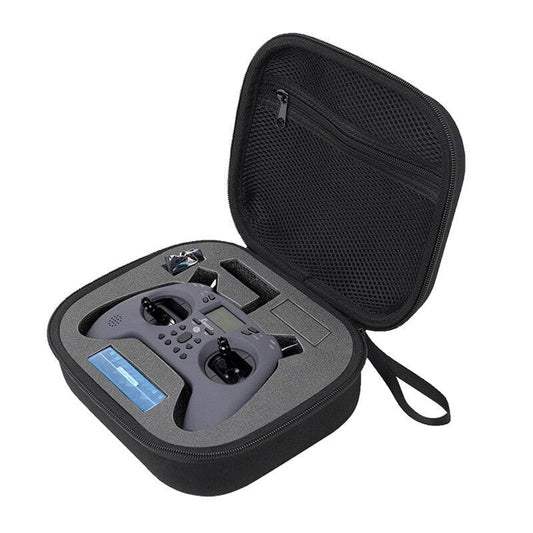By Radio Type
-

Drone Transmitter
The Drone Transmitter collection features an extensive range of remote controllers, TX...
-
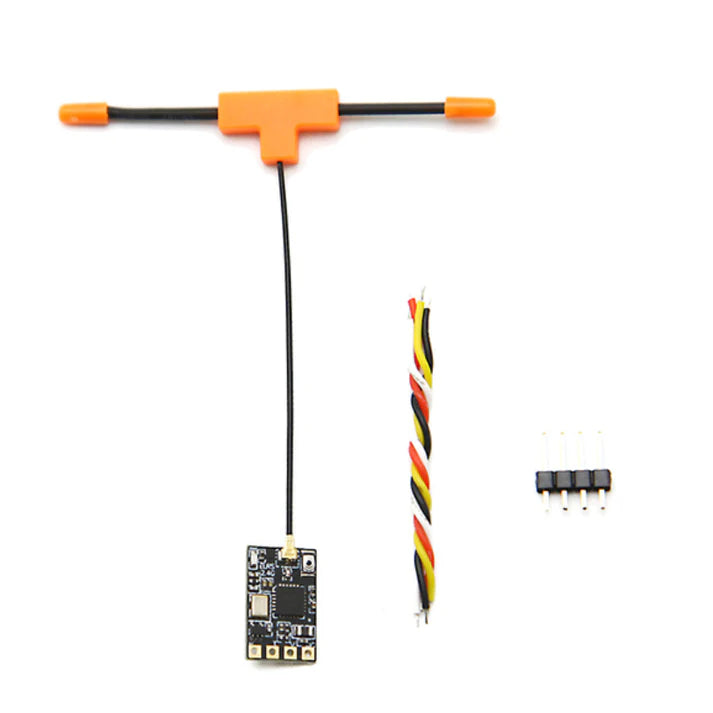
Drone Receiver
The Drone Receiver collection features a wide range of FPV receivers from...
-

Radio Telemetry
Radio telemetry systems provide long-range, real-time data transmission between UAVs and...
-

Surface Transmitter
Discover our premium selection of RC surface transmitters designed for RC cars,...
-

Drone Ground Station
Explore our advanced drone ground control stations designed for agriculture, industrial inspections,...
-
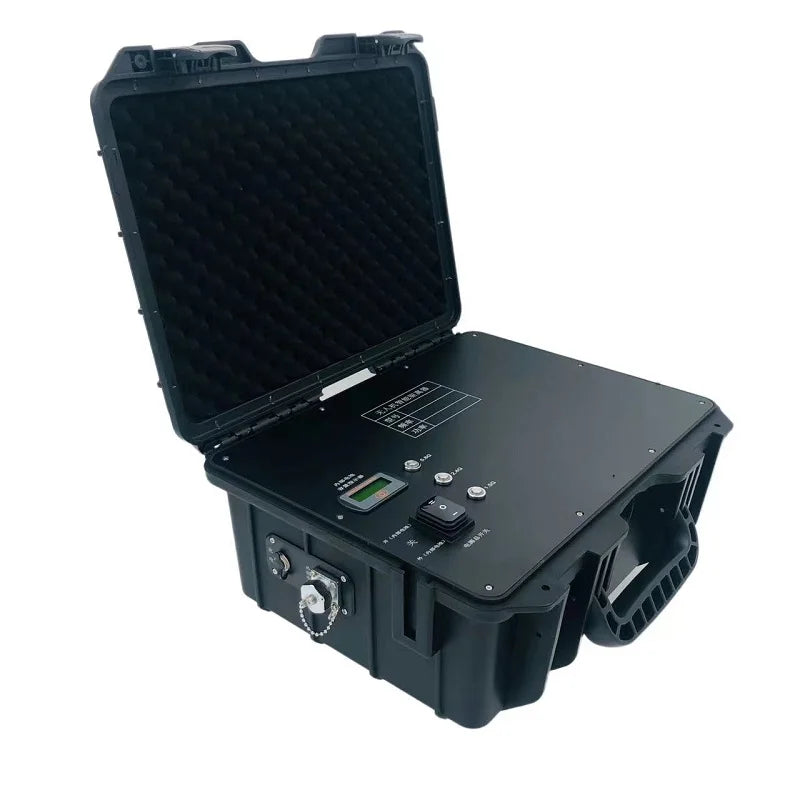
Anti Drone Device
Protect Airspace with Anti Drone Devices – This collection features handheld,...
-

Drone Antenna
Enhance your drone's signal with our premium antennas for FPV, long-range, and...
-

ELRS Transmitter & Receivers
Explore our ELRS Transmitters & Receivers collection, featuring ultra-low latency, long-range 2.4GHz...
-

TBS Crossfire Transmitter & Receivers
The TBS Crossfire Transmitter & Receivers collection delivers ultra-reliable long-range control for...
By Frequency Band
-

433MHz Long-Range Control & Telemetry
Enhance your FPV drone, UAV, or RC aircraft with 433MHz long-range control...
-

900MHz/868MHz Long Range System
Enhance your long-range FPV connectivity with 900MHz/868MHz systems, delivering stable signal transmission...
-

1.2GHz/1.3GHz Video Transmitter & Receiver
Discover our range of 1.2GHz and 1.3GHz FPV video transmitters and receivers,...
-
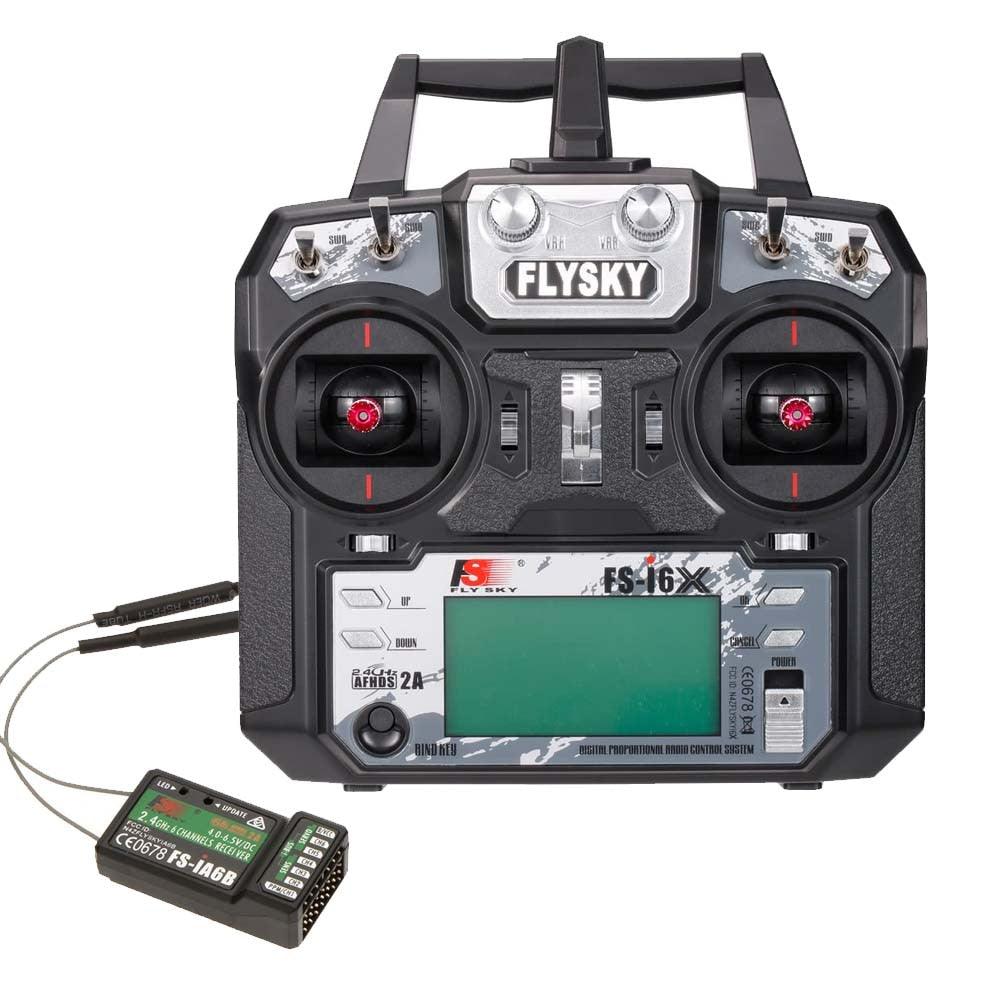
2.4GHz Transmitter & Receiver
Discover a wide selection of 2.4GHz transmitters and receivers designed for FPV...
-

5.8GHz Video Transmitter & Receiver
Upgrade your FPV system with 5.8GHz video transmitter and receiver combos, delivering...
By Radio Brand
-
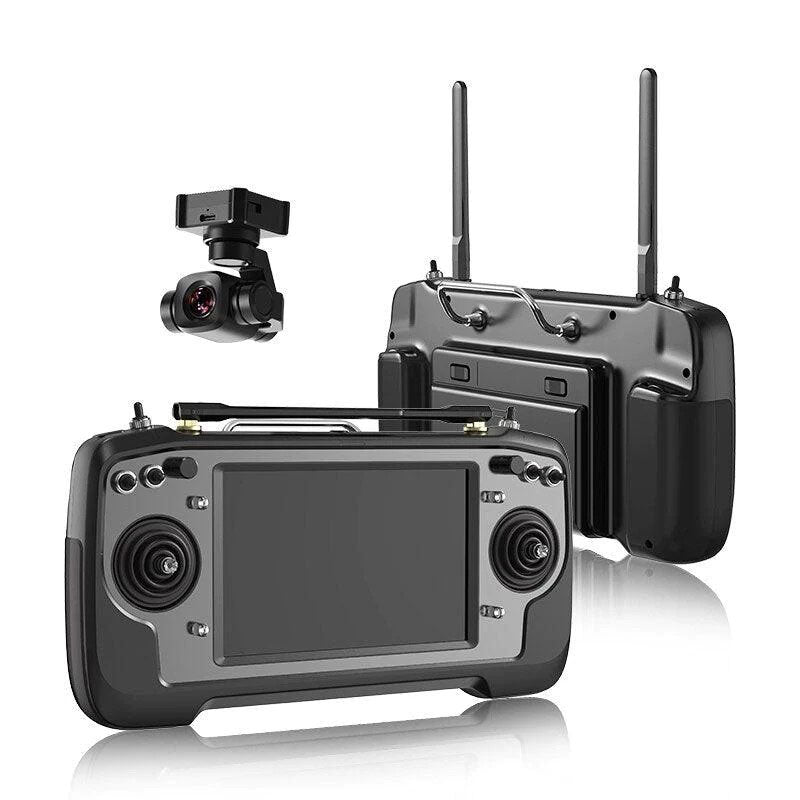
SIYI Remote Controller
SIYI is a leading brand in professional UAV ground control systems, offering...
-
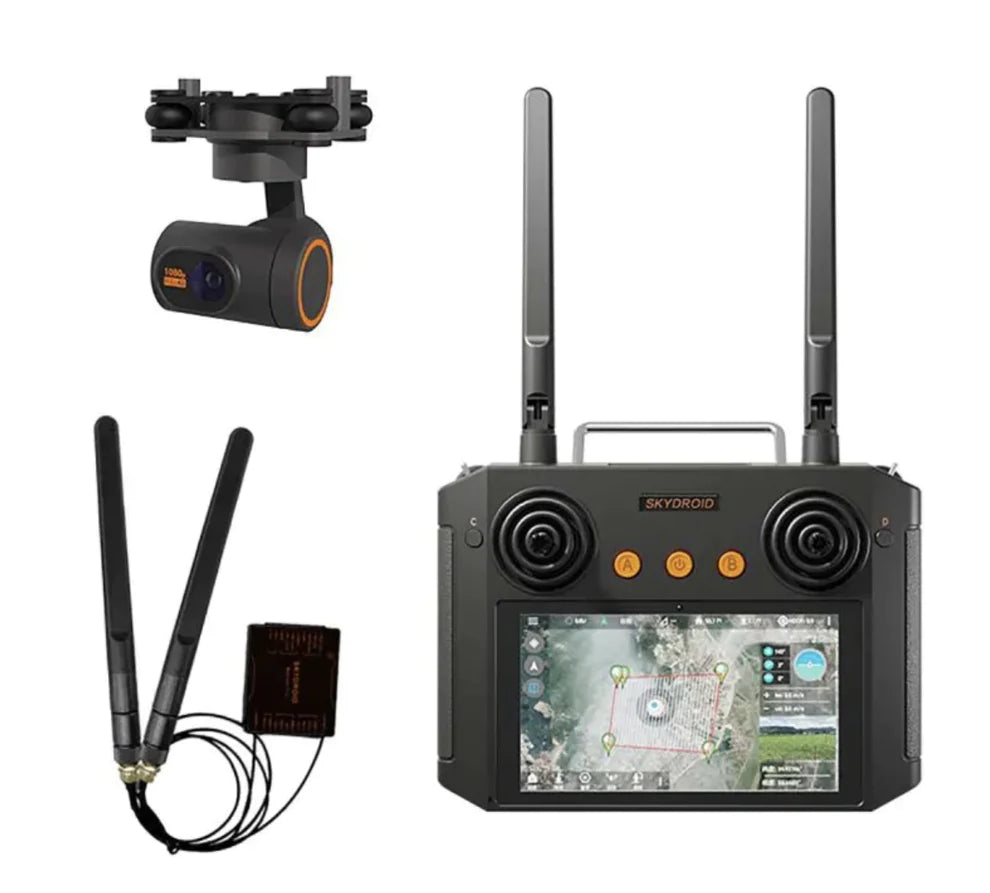
Skydroid Remote Controller
Skydroid offers professional-grade remote controllers designed for UAVs, agricultural drones, and industrial...
-
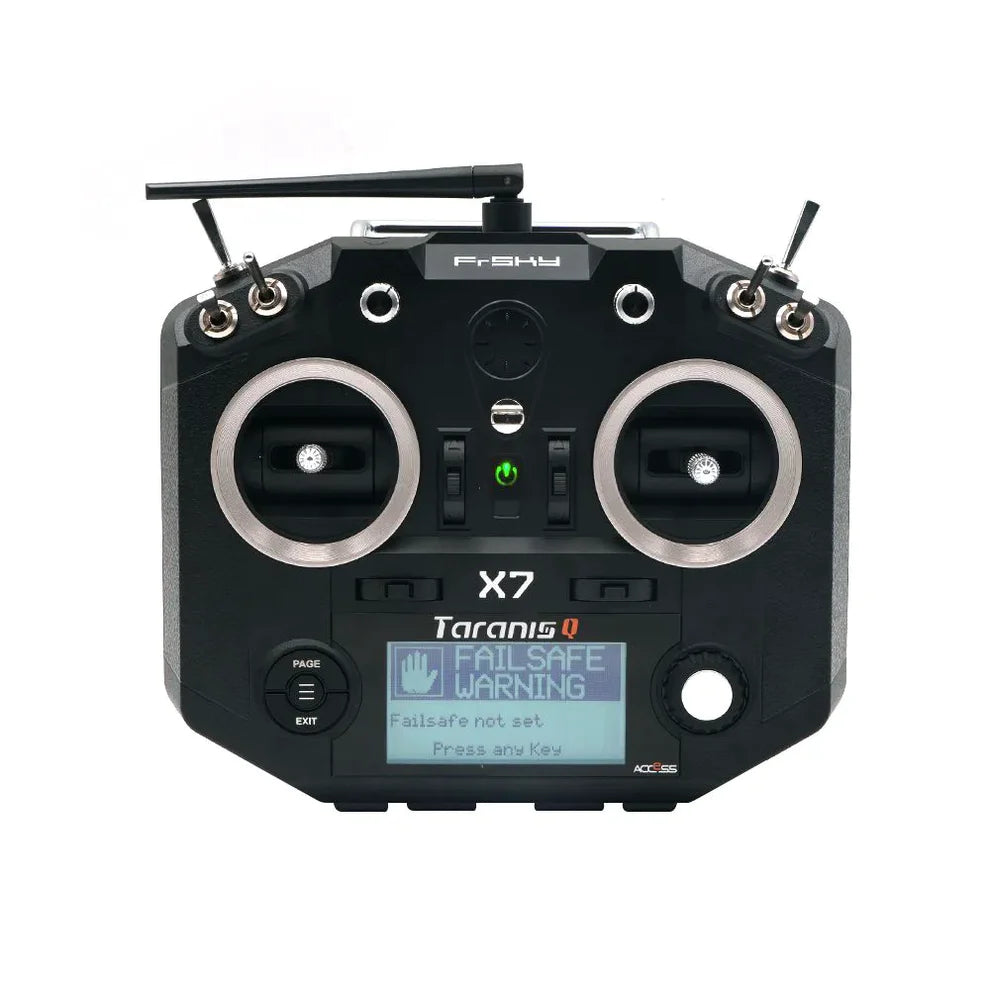
FrSky Remote Controller
FrSky remote controllers are trusted by FPV pilots and RC enthusiasts for...
-
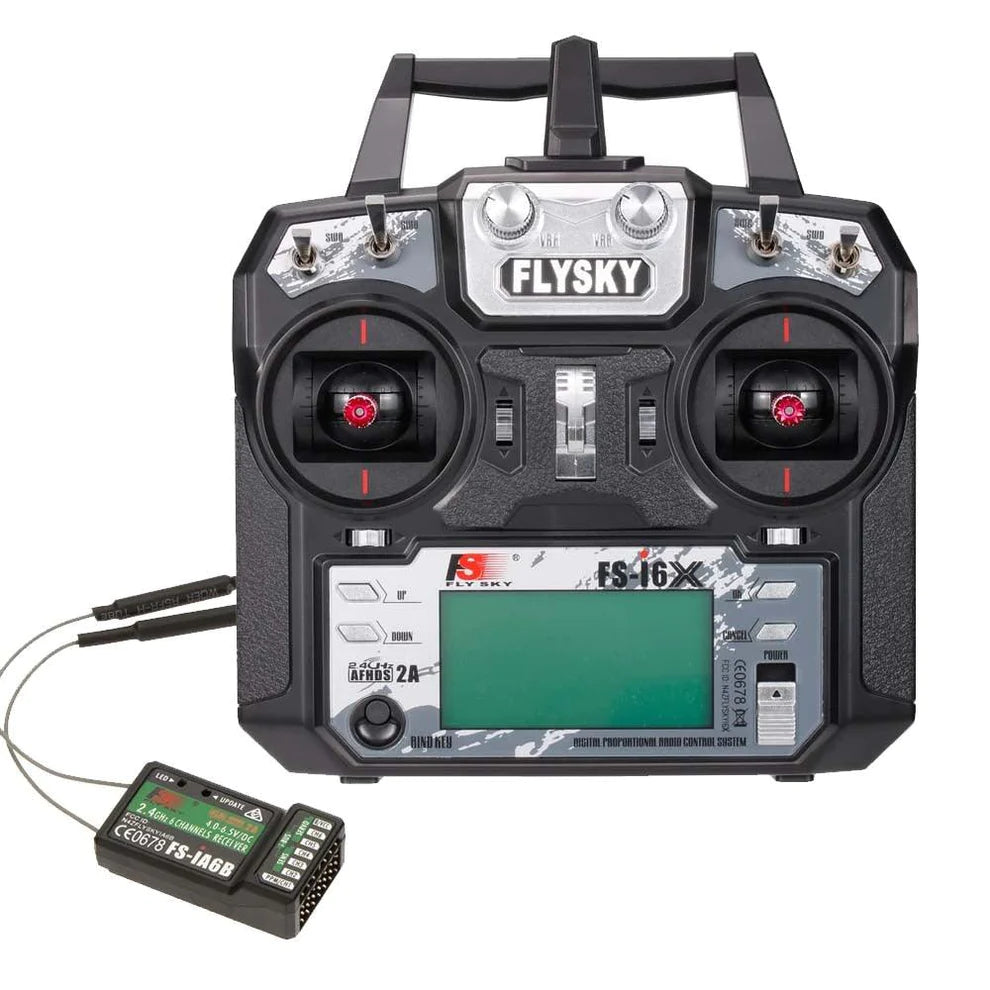
Flysky Remote Controller
FlySky is a trusted brand for RC remote controllers, offering high-performance transmitters...
-

Futaba Air Transmitter
Futaba Air Transmitters offer professional-grade control systems for RC airplanes, helicopters, and...
-

RadioMaster
The RadioMaster product collection offers top-quality radio controllers and accessories for RC...
-

Radiolink Remote Controller
Radiolink remote controllers are trusted by RC hobbyists and professionals for their...
-
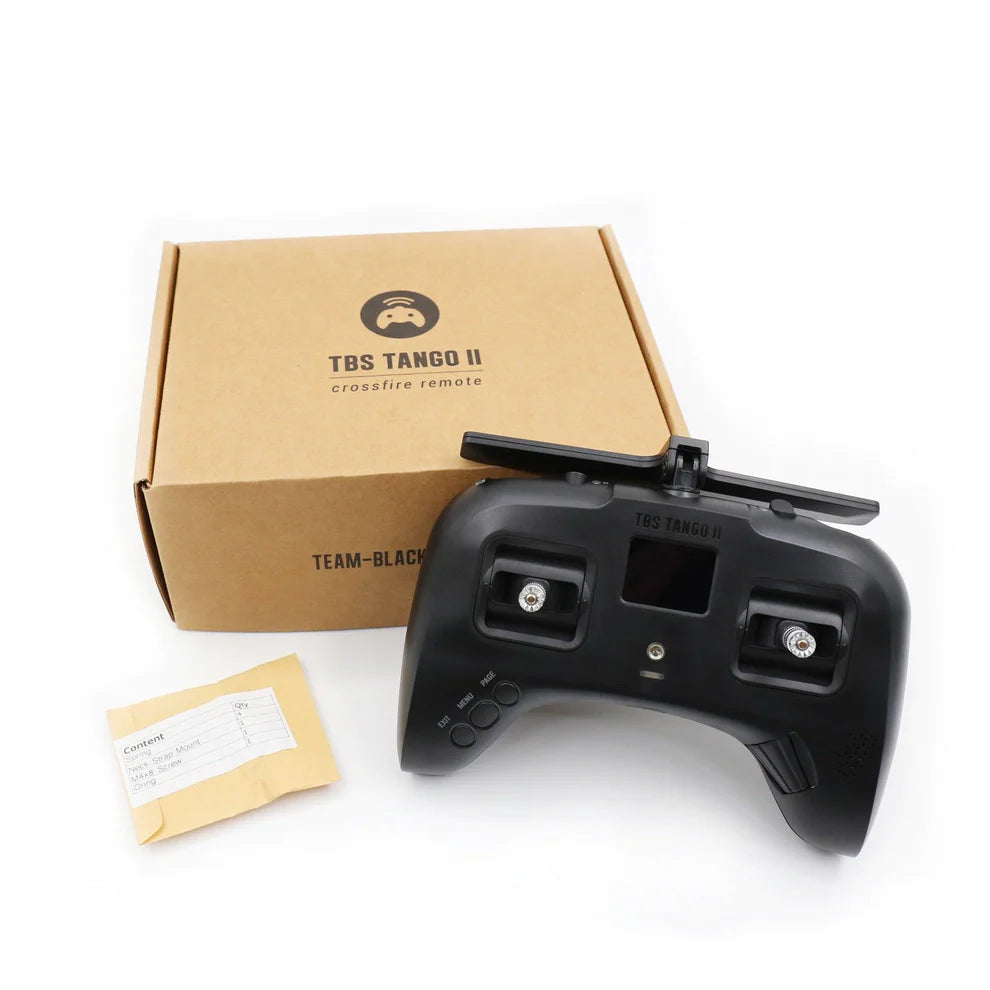
TBS Remote Controller
TBS remote controllers, including the popular Tango 2 and Mambo, are...
-
ImmersionRC Ghost Atto Receiver - 2.4GHZ ISM Band 4m Latency OpenTx 222.22HZ Race Performance Radio Receiver
Regular price From $45.00 USDRegular priceUnit price per -
RadioMaster Bandit Micro ExpressLRS 915MHz RF Module
Regular price $65.00 USDRegular priceUnit price per -
Holybro P900 P840 Microhard Telemetry Radio - 60KM 100KM Long Range Telemetry
Regular price From $316.00 USDRegular priceUnit price per -
TBS Crossfire 8CH Diversity RX Receiver
Regular price $159.00 USDRegular priceUnit price per -
TBS Crossfire Nano Rx Pro
Regular price $49.00 USDRegular priceUnit price per -
TBS Crossfire Nano Tx - Team BlackSheep 868MHz / 915MHz 1.1W 2W 48g Transmitter
Regular price $89.00 USDRegular priceUnit price per -
Arkbird AAT Auto Antenna Tracker Gimbal w/Ground and Airborne Module Extend Range FPV 1.2/ 5.8G Ground System
Regular price From $25.00 USDRegular priceUnit price per -
DIGI XLR PRO XL9-UA Industrial 900 MHz Radio - Long-Range modem for serial and Ethernet devices
Regular price $1,362.78 USDRegular priceUnit price per -
Holybro SiK Telemetry Radio V3 - 100mW 433MH 915MHz Open-source SiK firmware Plug-n-play for Pixhawk Standard Flight Controllers
Regular price $76.70 USDRegular priceUnit price per -
SKYZONE SteadyView X - 5.8Ghz IPS Screen Receiver Module Shuttle Wheel Control High Sensitivity Receiver
Regular price From $120.00 USDRegular priceUnit price per -
SKYZONE Steadyview/Rapidmix Receiver - for FPV Goggles 48CH 5.8Ghz V3.3 Hardware
Regular price From $67.74 USDRegular priceUnit price per -
Skyzone Steadyview+ELRS Backpack Receiver for FPV Goggles 48CH 5.8Ghz V3.3 Hardware
Regular price From $38.43 USDRegular priceUnit price per -
Jumper ELRS Aion Rx Mini 2.4GHZ 16CH Receiver Compatible with 2.4 mode 5KM Range Transmitter for RC Drone
Regular price $26.89 USDRegular priceUnit price per -
MFD TeleFlyTiny Tracking module - Supports MFD VBI used by MFD AP/AAT or used by MFD Crosshair AP Long Range system
Regular price $98.50 USDRegular priceUnit price per -
Goggles Receiver - 1Set ImmersionRC 5.8G RapidFire Analog PLUS Goggles Dual Receiver Module For FatShark RFIRE01 FPV RC Drone Multicopter Parts
Regular price $298.07 USDRegular priceUnit price per -
Skyzone RD40 Receiver - 5.8GHZ 40Channel RD40 Raceband Dual Diversity Receiver With A/V and Power Cables For Rc racing drone Quadcopter VS RC832
Regular price From $49.24 USDRegular priceUnit price per -
SKYDROID FPV Receiver - UVC Fuav Dual Antenna OTG 5.8G 150CH Full Channel FPV Receiver W/Audio For Android Smartphone Support transmitter
Regular price From $46.63 USDRegular priceUnit price per -
RadioLink PRM-03 Real-time OSD Telemetry Module for Voltage Monitoring (1S~6S LiPo, AT10II/AT9 Compatible)
Regular price $26.00 USDRegular priceUnit price per -
RadioLink R9DS 2.4GHz 9/10CH SBUS&PWM Receiver with DSSS&FHSS and Telemetry Support
Regular price $25.00 USDRegular priceUnit price per -
RadioLink R12DS 2.4GHz 12CH Long Range Receiver PWM SBUS DSSS FHSS Telemetry for RC Plane Drone Car Boat
Regular price $35.00 USDRegular priceUnit price per -
GEPRC ELRS 915M/2.4G Gemini Xrossband Receiver for FPV Drone – Dual-Band, 100mW, 1000Hz, TCXO
Regular price $42.00 USDRegular priceUnit price per -
Futaba CIU-3 USB Interface for S.Bus/S.Bus2 Device Programming and Firmware Updates | Windows Compatible
Regular price $69.00 USDRegular priceUnit price per -
Futaba 10J Transmitter - 10 Channel 2.4GHz S-FHSS T-FHSS Radio Controller with R3008SB
Regular price From $389.00 USDRegular priceUnit price per -
DJI FPV Remote Controller 3
Regular price $249.00 USDRegular priceUnit price per -
Skydroid H30 Remote Controller With 10.1 Inch Touch Screen - 800MHz 1.4GHz 2.4GHz Long Range Radio Remote Controller For UAV VTOL Agri Drone
Regular price $2,399.00 USDRegular priceUnit price per -
Futaba 10J 10-Channel Transmitter - S-FHSS T-FHSS 30 Model Memory 128x64dot LCD Screen with R3008SB Receiver
Regular price $429.00 USDRegular priceUnit price per -
Futaba 6K-V3S 8-Channel S-FHSS/T-FHSS Transmitter 128x64 DOT LCD screen with R3008SB Receiver
Regular price $339.00 USDRegular priceUnit price per -
Jumper T14 Transmitter - 2.4GHz/915MHz 1W ELRS VS-M CNC Hall Sensor Gimbals 2.42" OLED Screen EdgeTX Radio Controller for FPV RC Racer Drone
Regular price From $129.42 USDRegular priceUnit price per -
FLYSKY Elysium EL18 Transmitter - 2.4GHz AFHDS 3 Open Source EdgeTX Transmitter with Tmr Micro Receiver
Regular price $289.00 USDRegular priceUnit price per -
FrSky Taranis X-Lite Pro ACCESS 2.4GHz Radio Controller
Regular price $259.00 USDRegular priceUnit price per -
FrSky Taranis X-Lite S ACCESS 2.4GHz Radio Controller
Regular price $169.00 USDRegular priceUnit price per -
FrSky Ethos Tandem X20/X20S/X20HD/X20Pro Transmitter - With Build-in 900M/2.4G Dual-Band Internal RF Module FPV Drone Airplane Remote Controller
Regular price From $435.00 USDRegular priceUnit price per -
FrSky Tandem X18/X18S/X18SE Transmitter - Internal 900MHz/2.4GHz Dual-Band & External Module Bay FPV Drone RC Plane Remote Controller
Regular price From $359.00 USDRegular priceUnit price per -
RadioMaster TX12 Mark II Radio Controller
Regular price From $118.96 USDRegular priceUnit price per -
RadioLink AT10 II - 2.4Ghz 12CH RC Transmitter with R12DS Receiver PRM-01 Voltage Return Module Battery for RC Quadcopter
Regular price From $38.21 USDRegular priceUnit price per -
Jumper T-Lite Storage Bag Portable Carrying Case Remote Control Protector Handbag for TLite Series / RadioLink T8S Transmitter
Regular price $22.63 USDRegular priceUnit price per
























